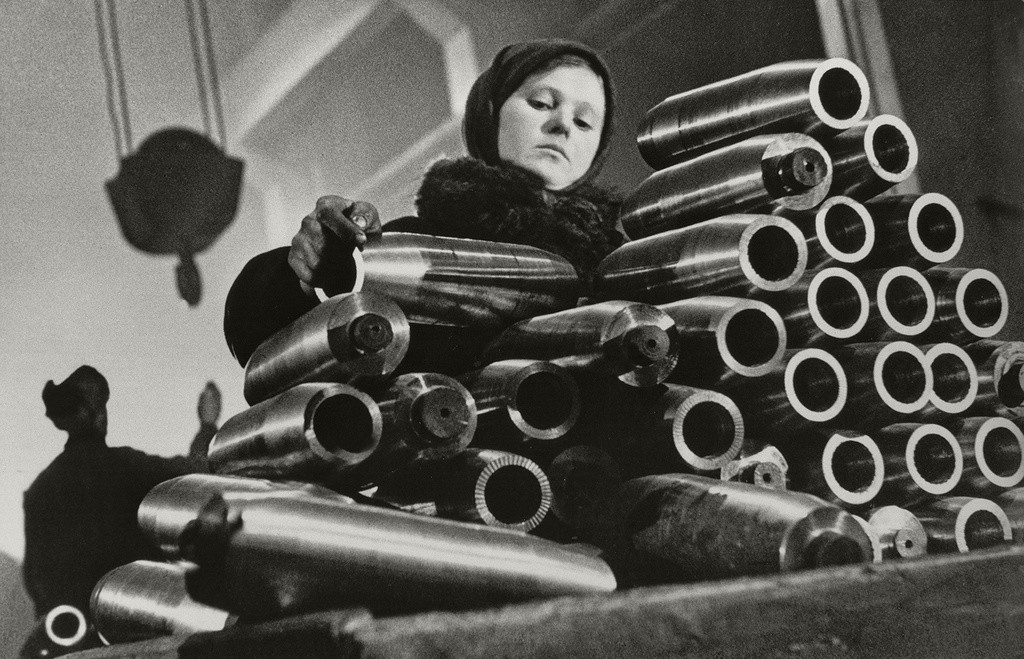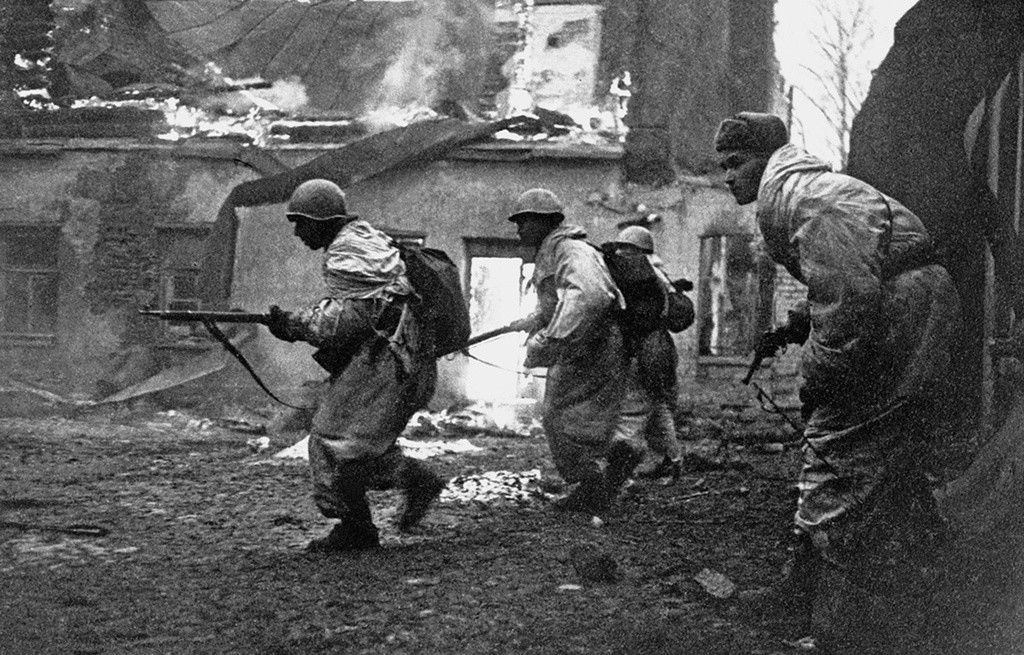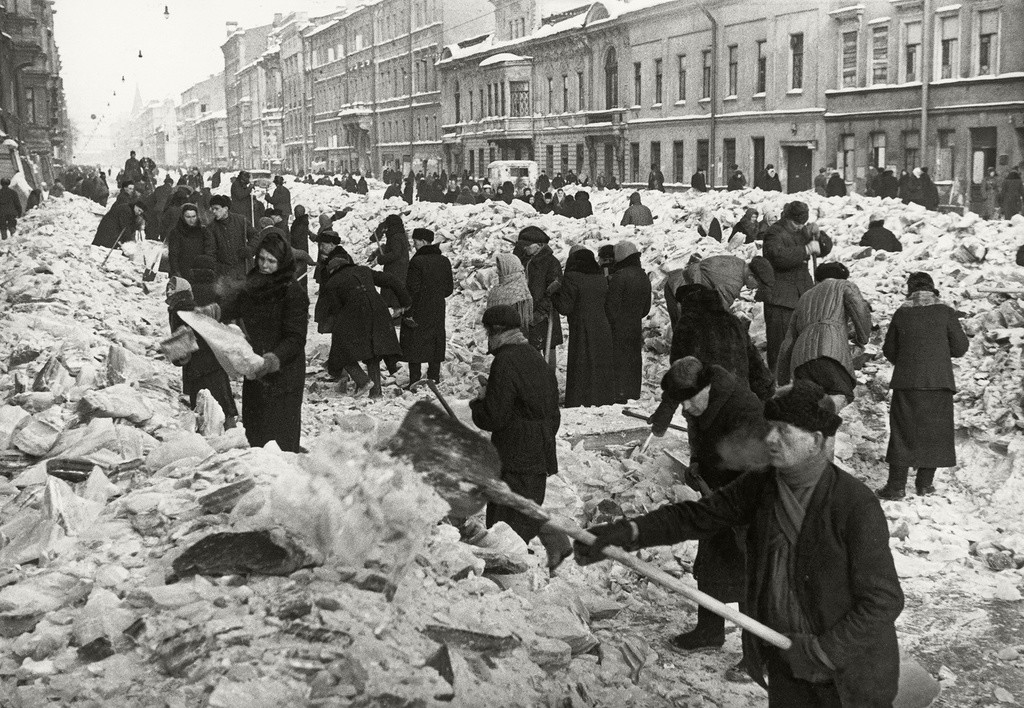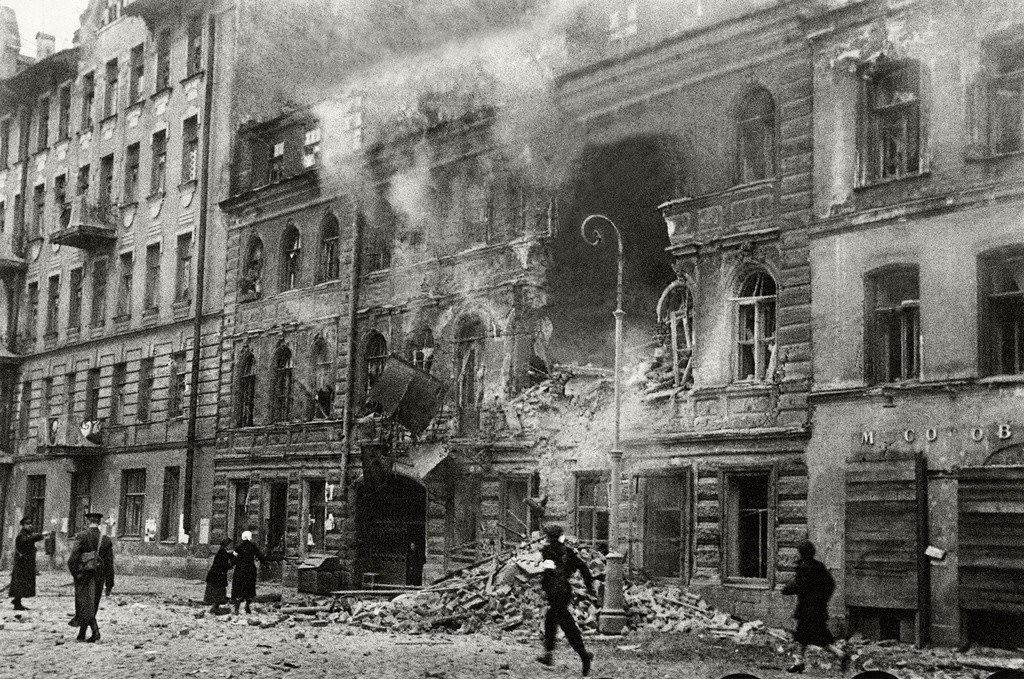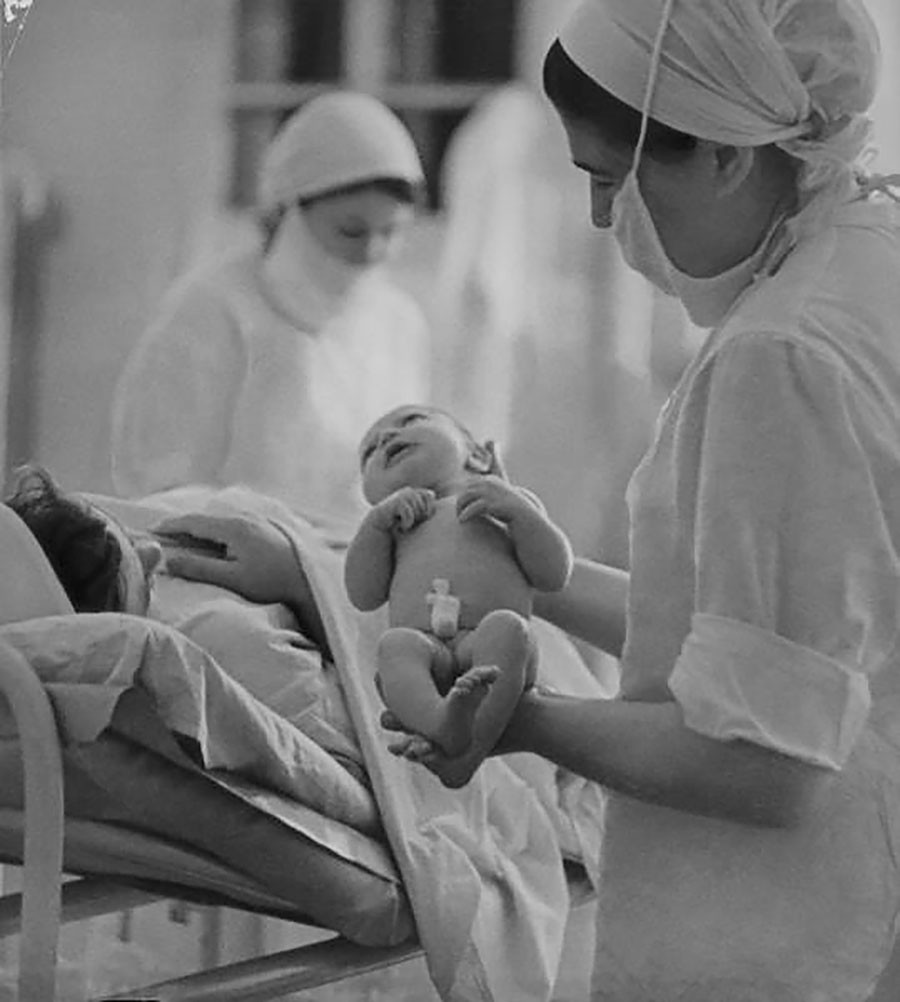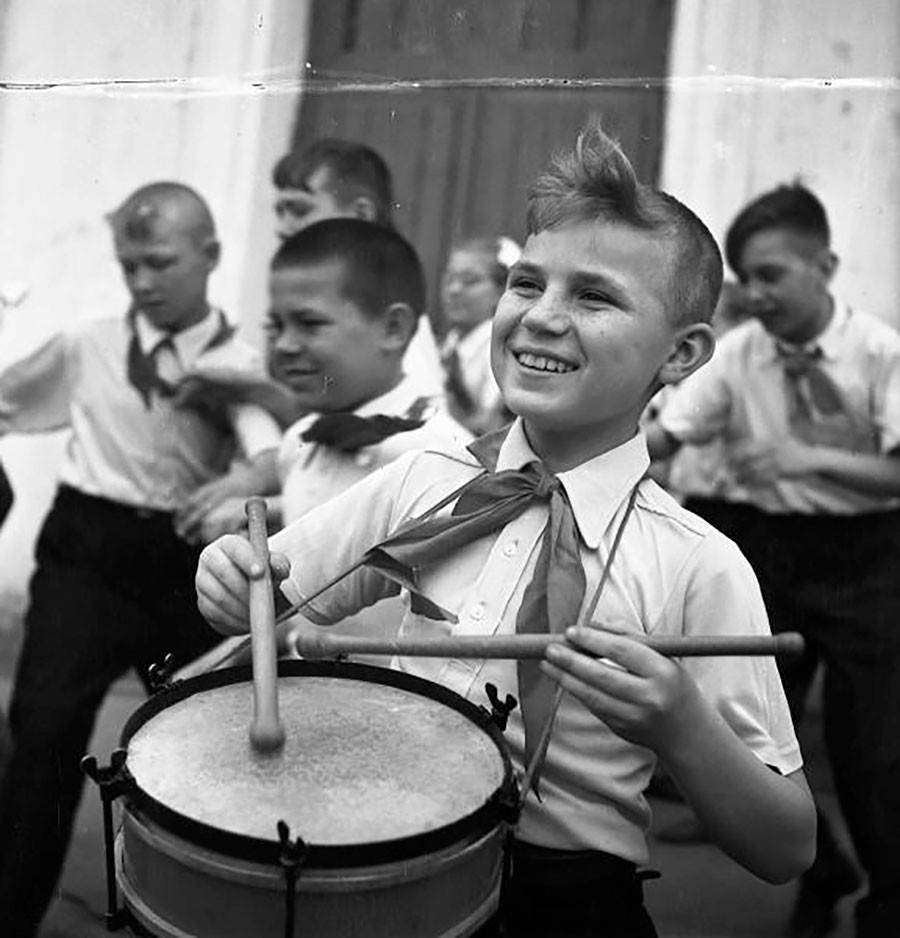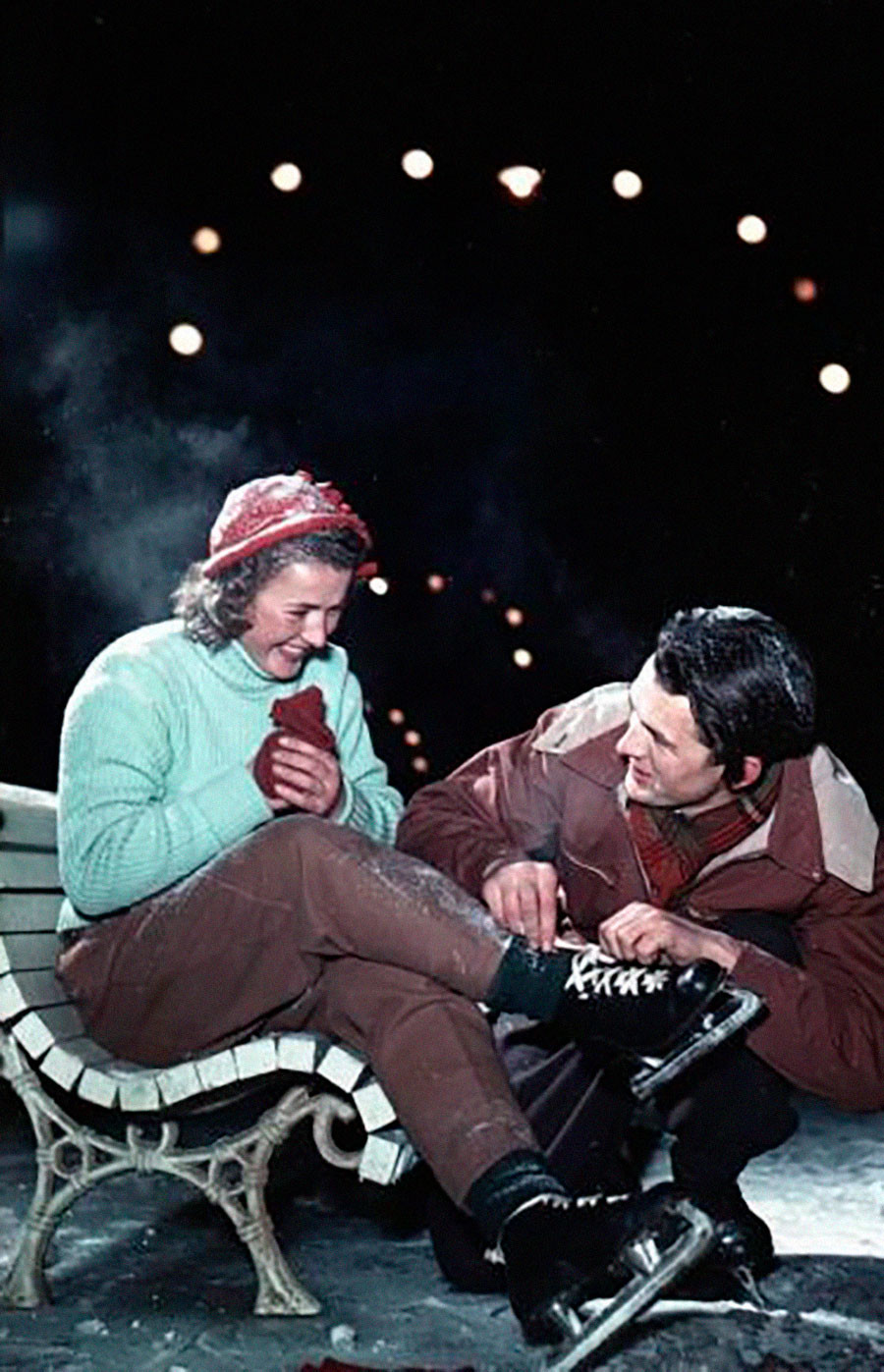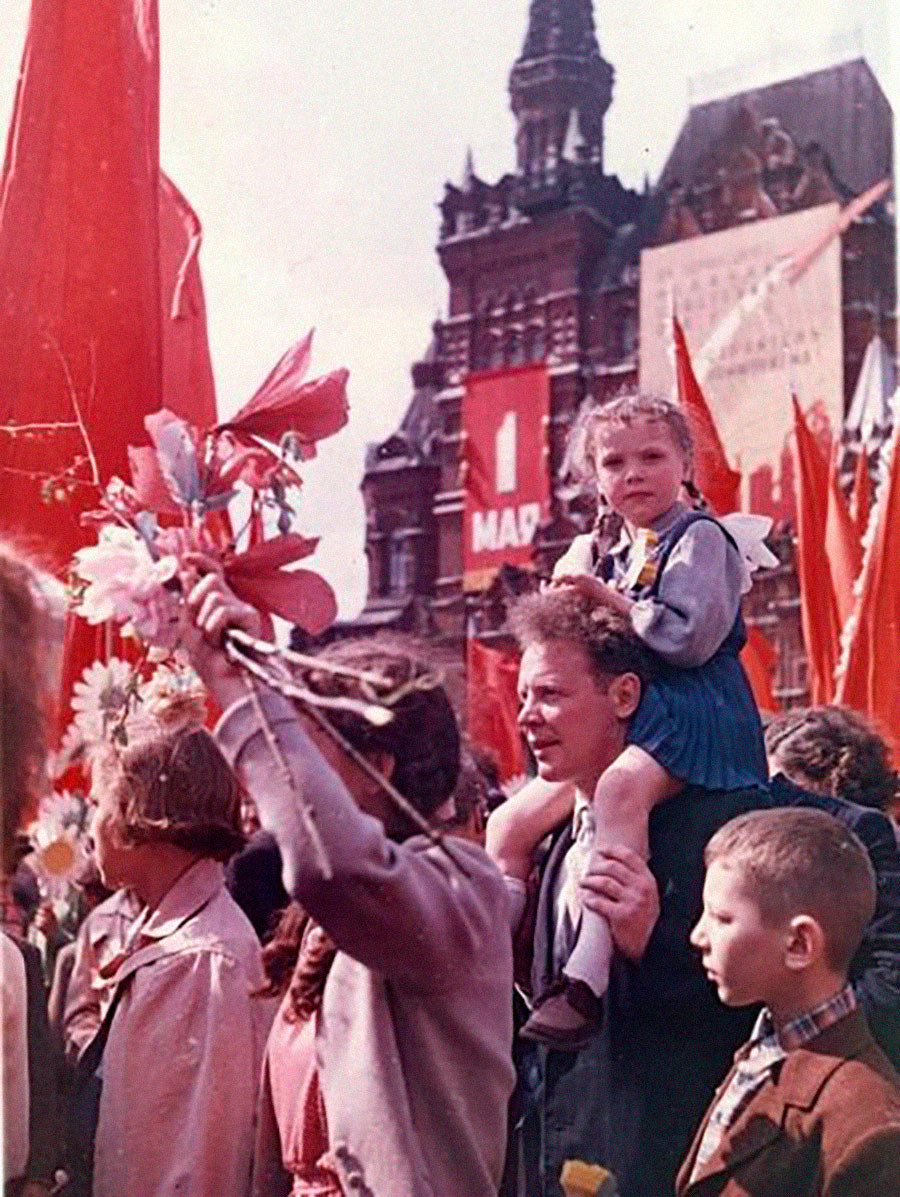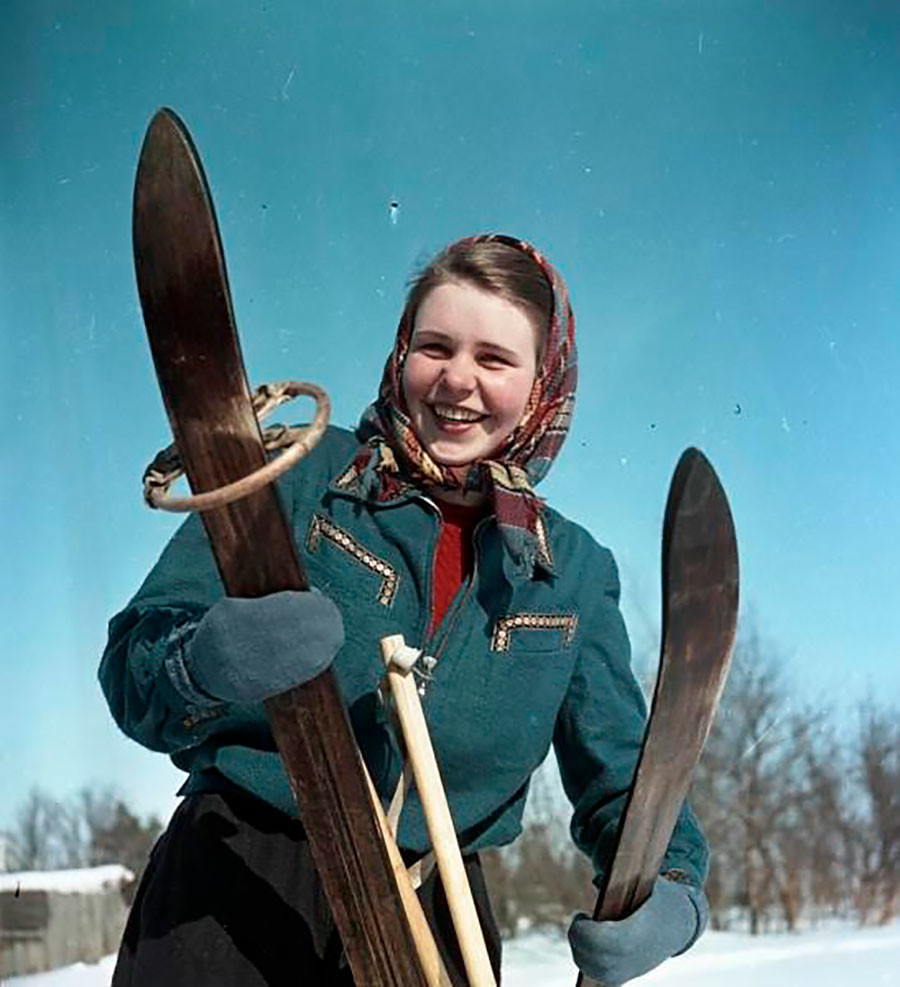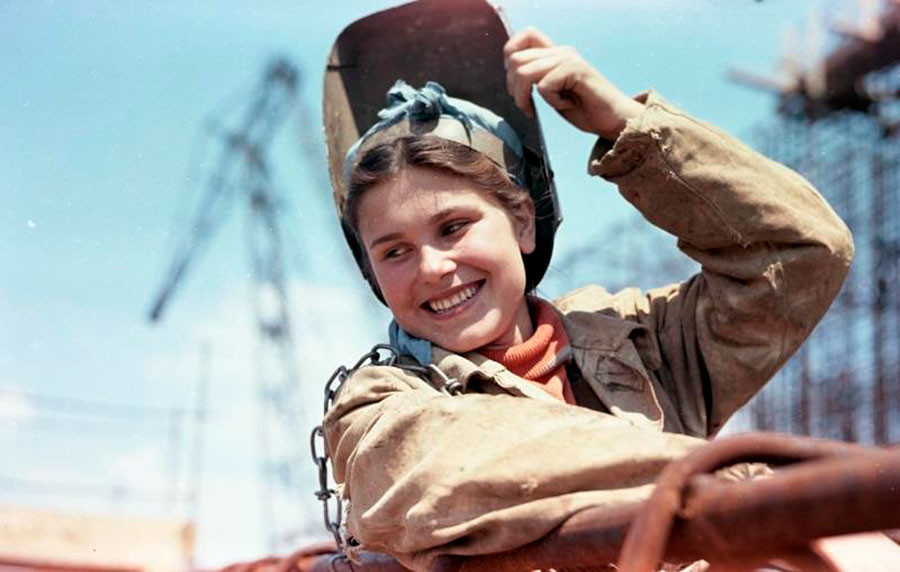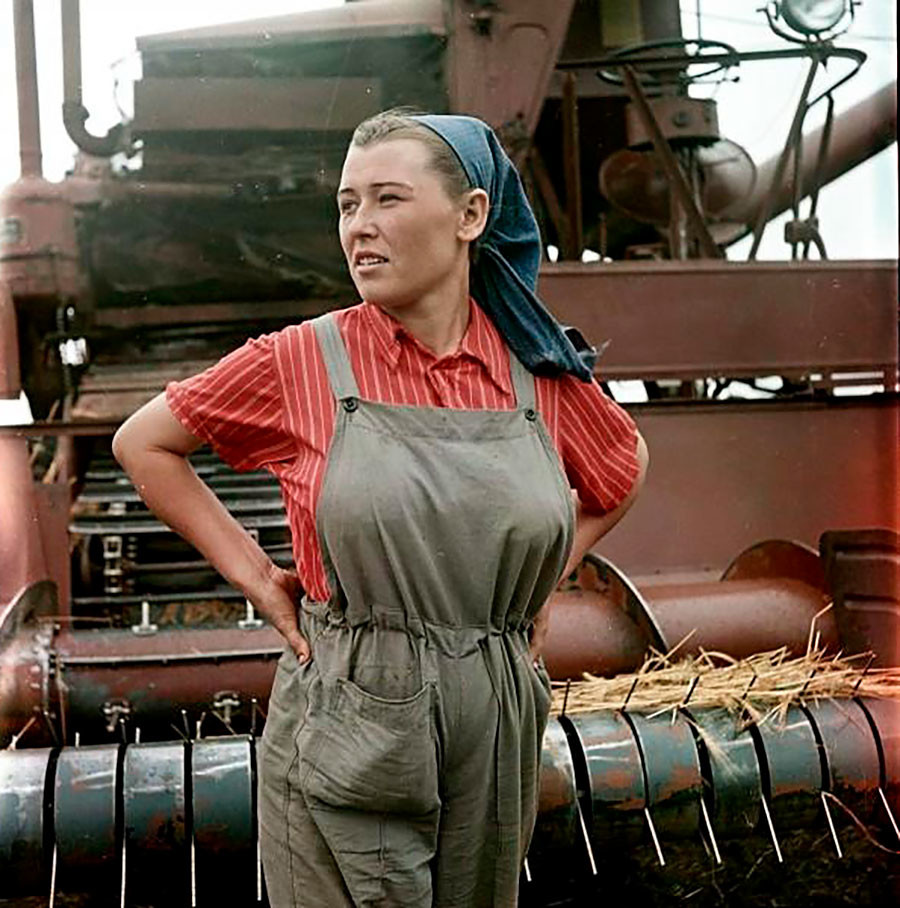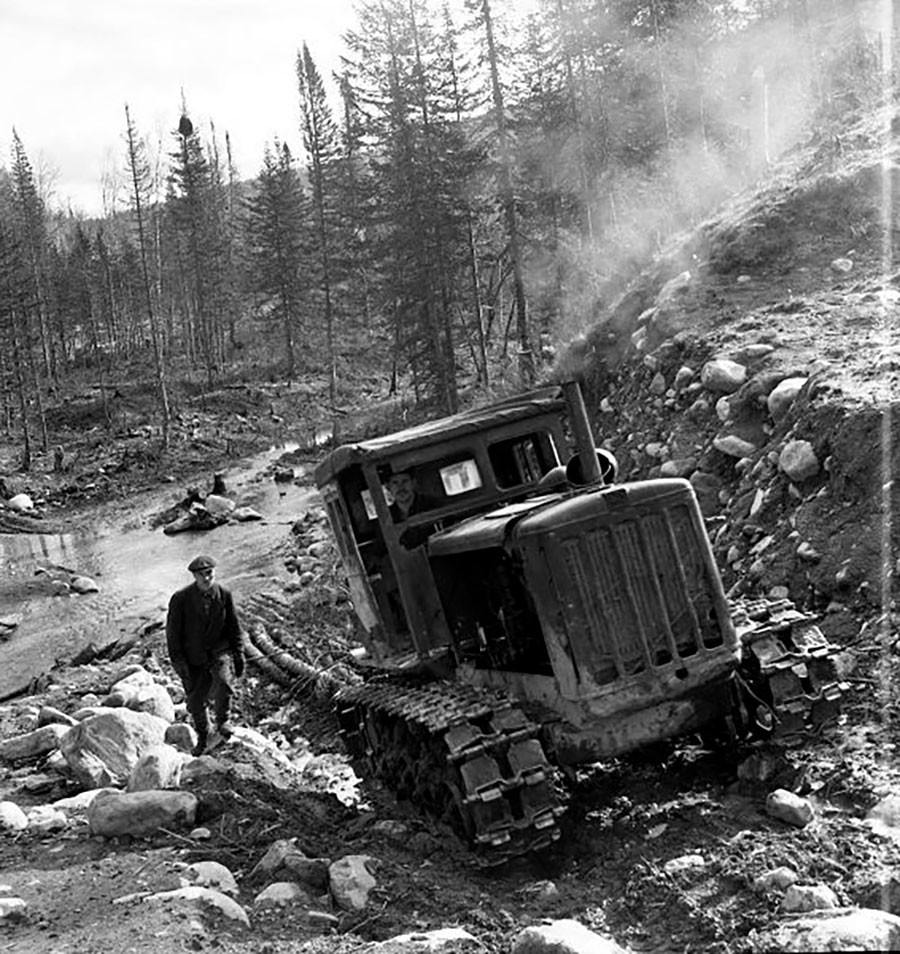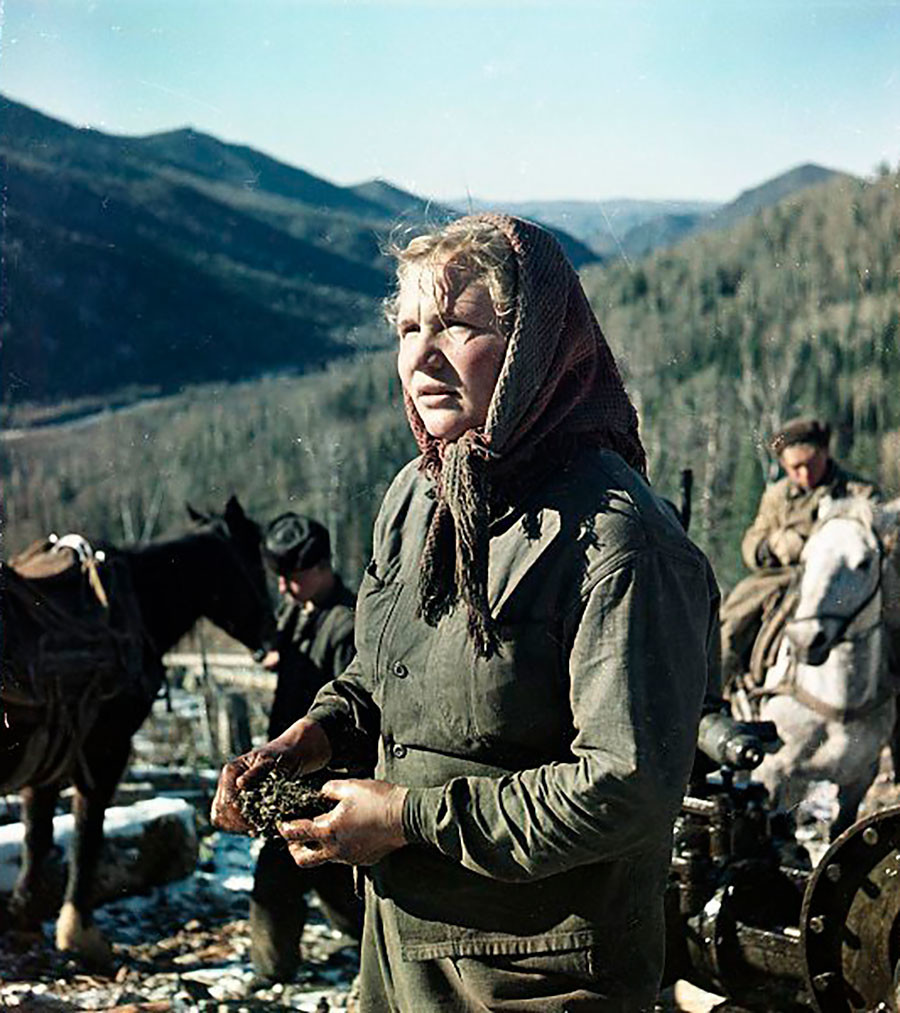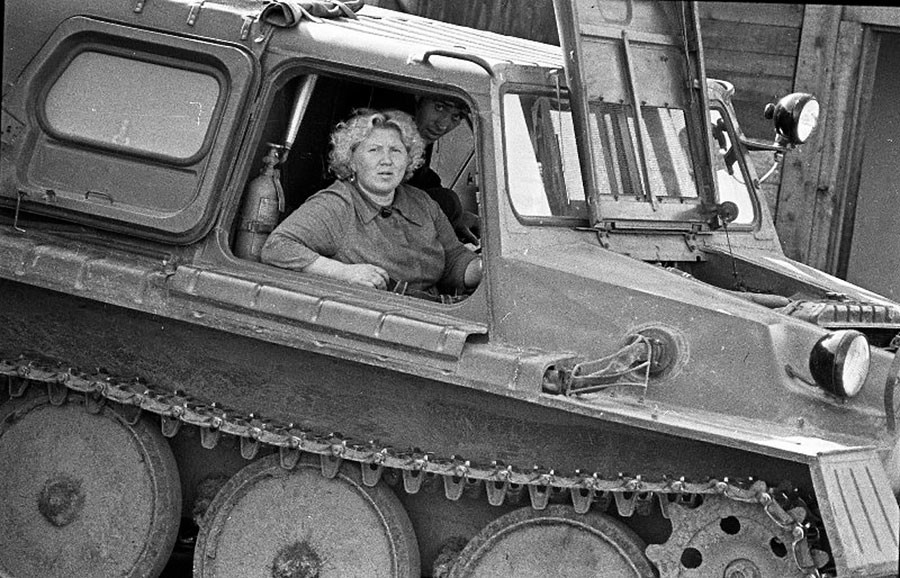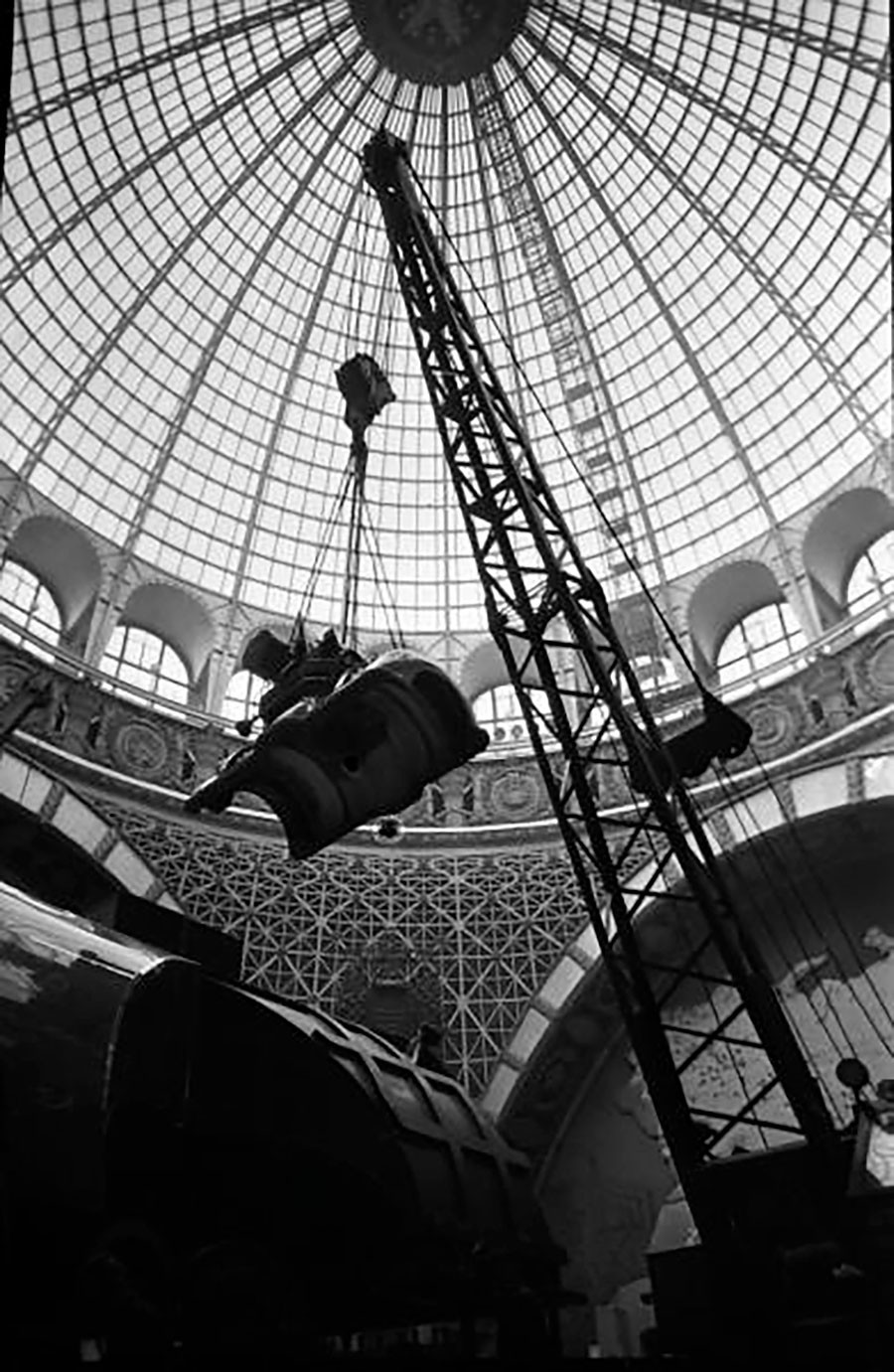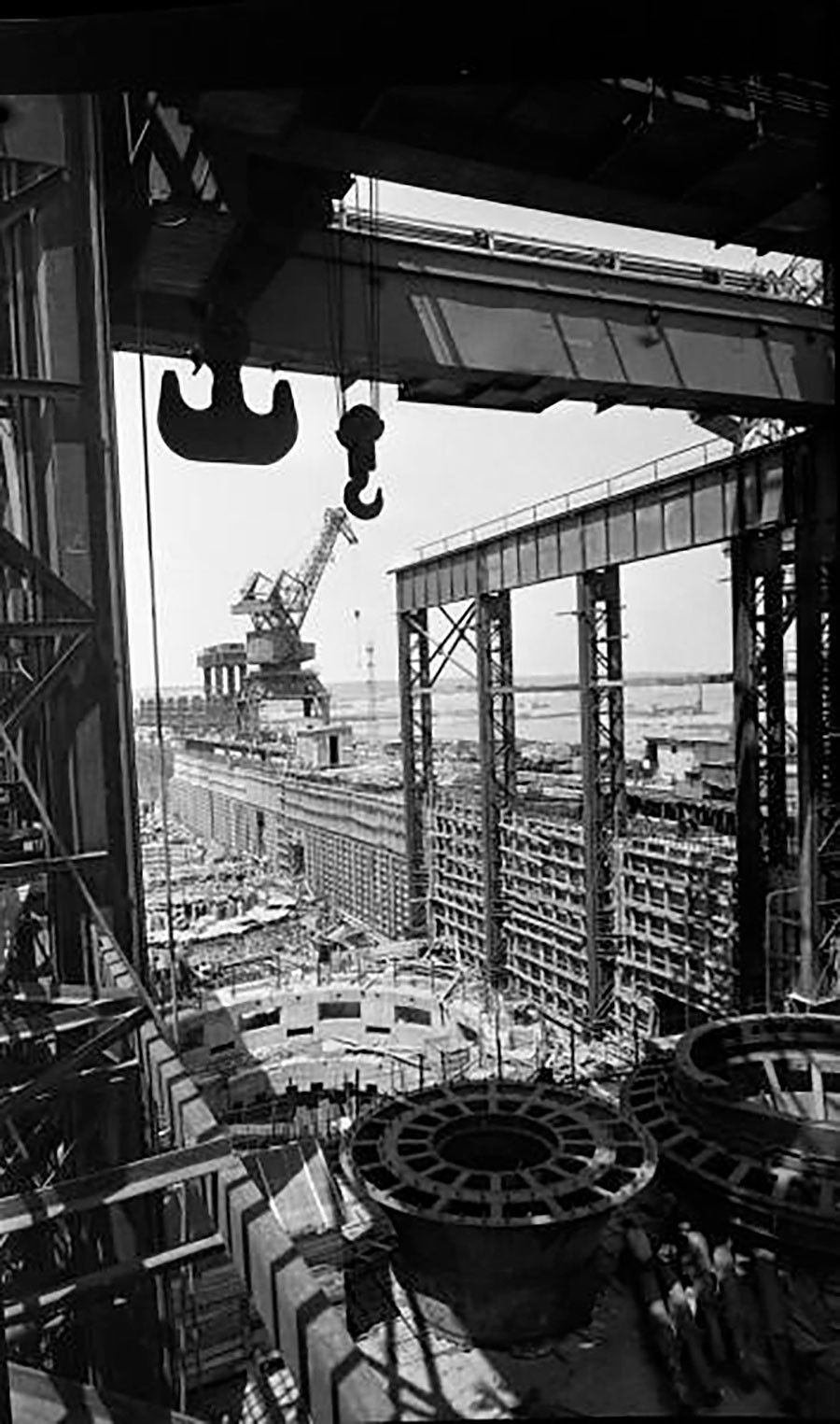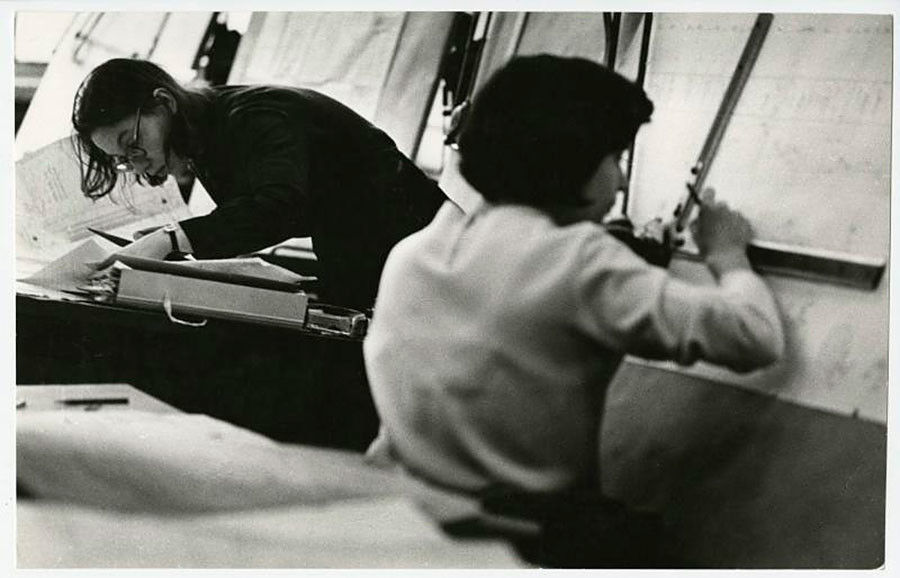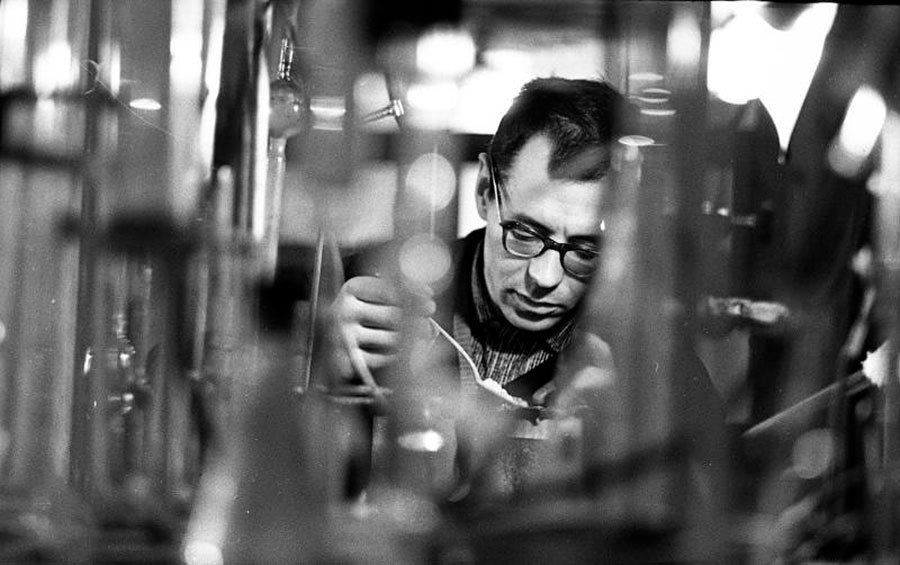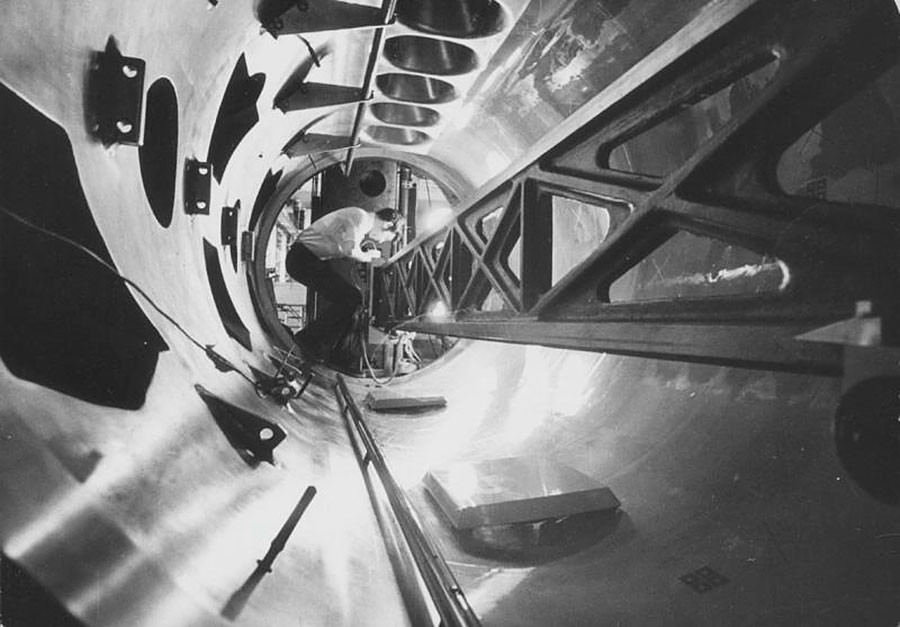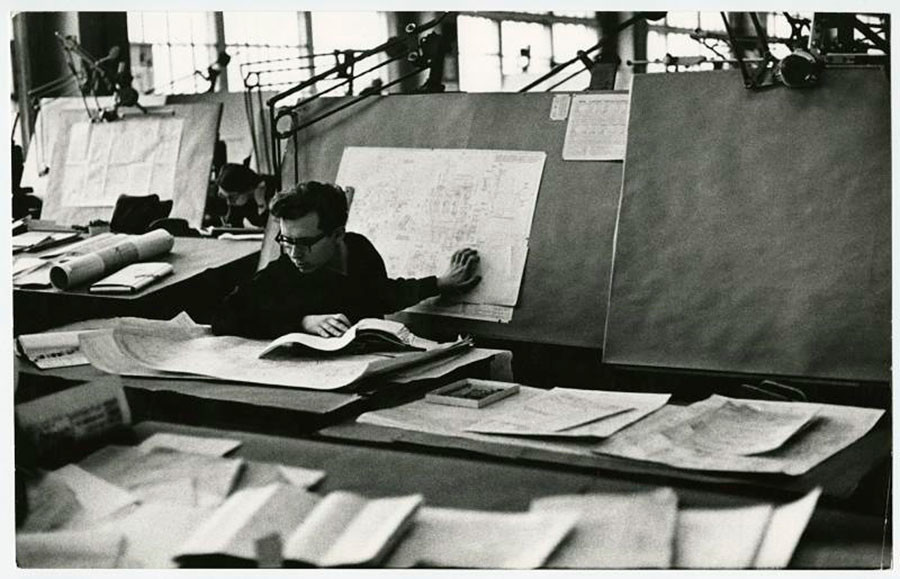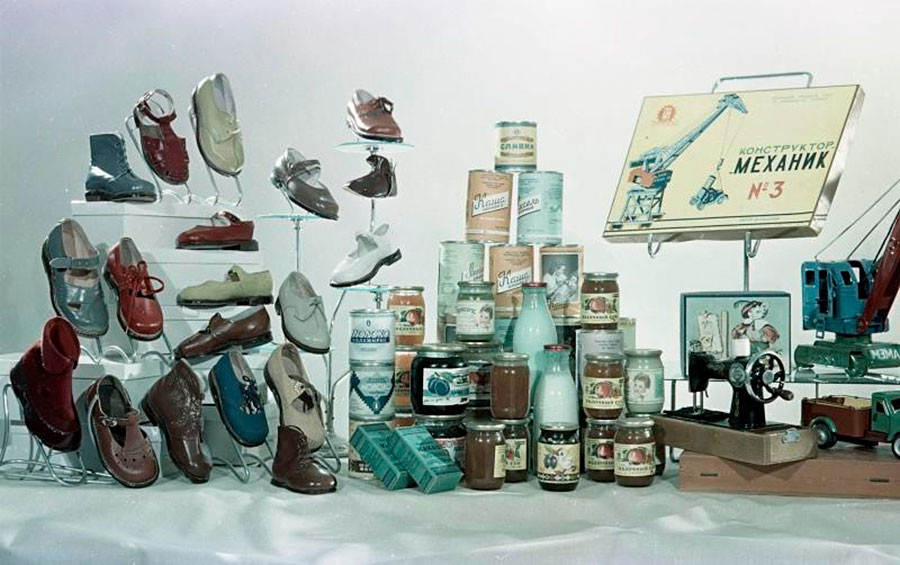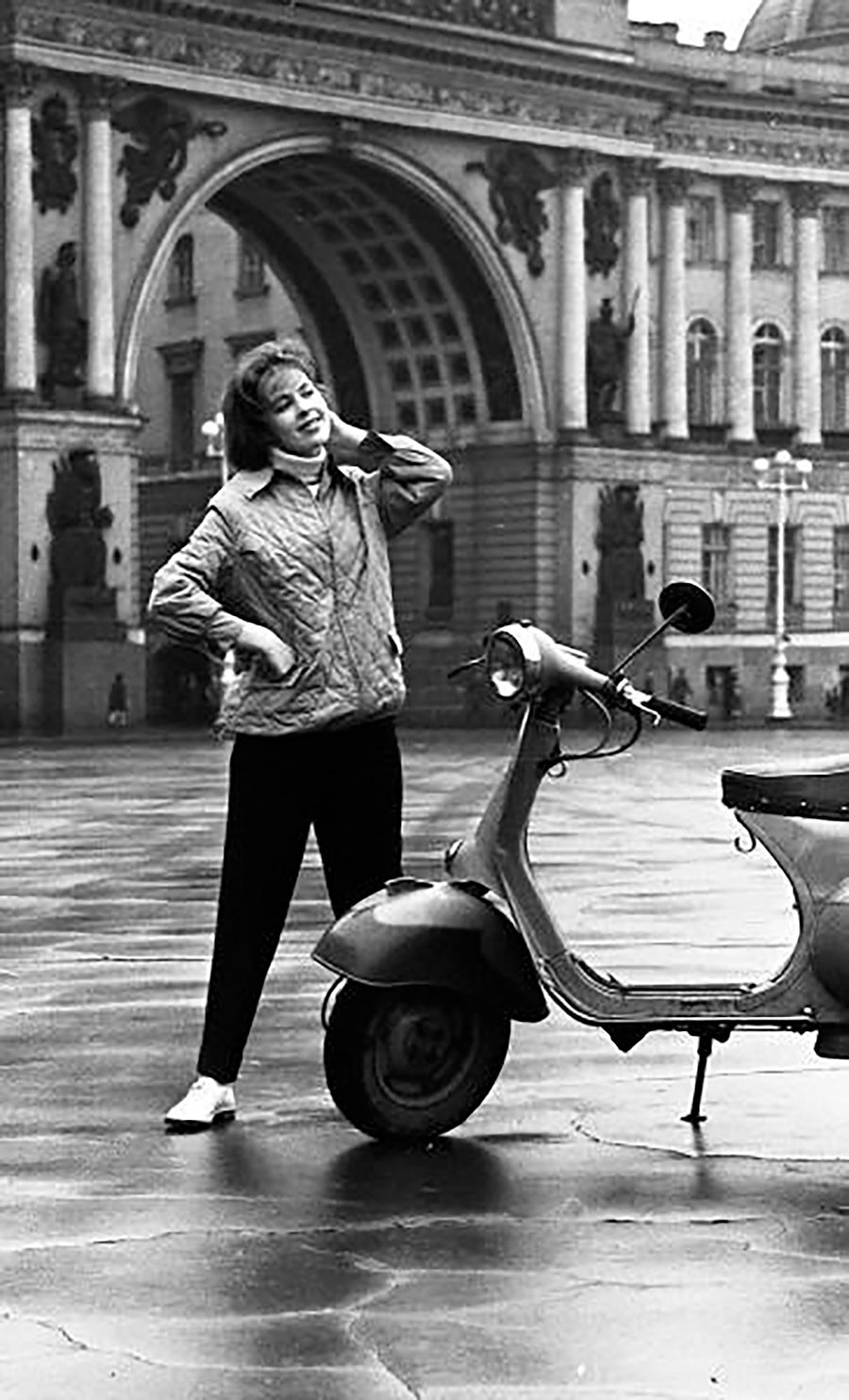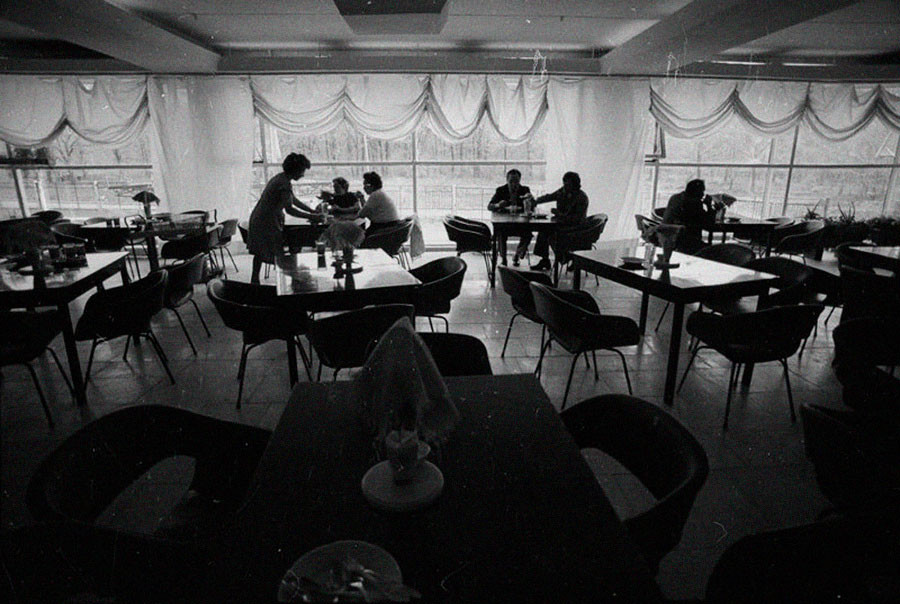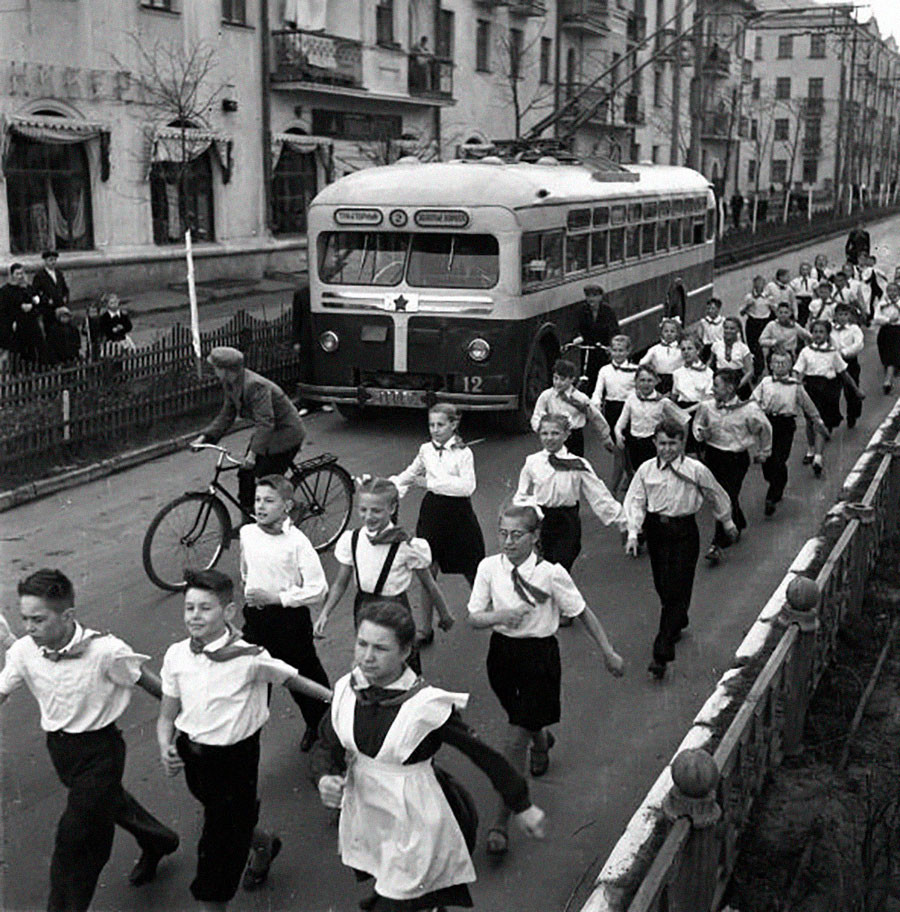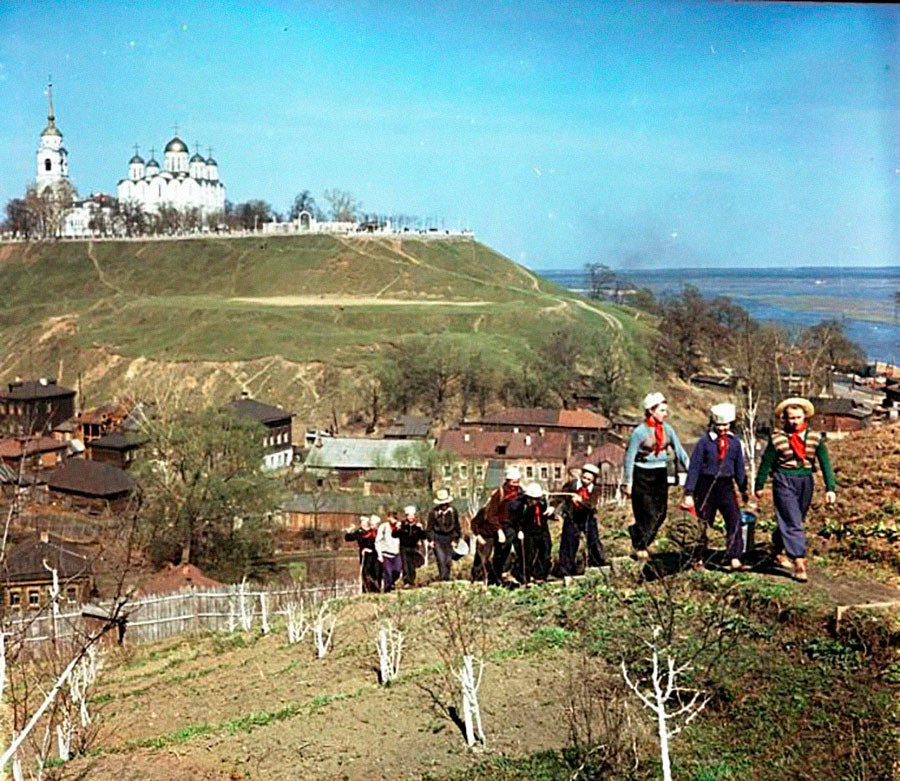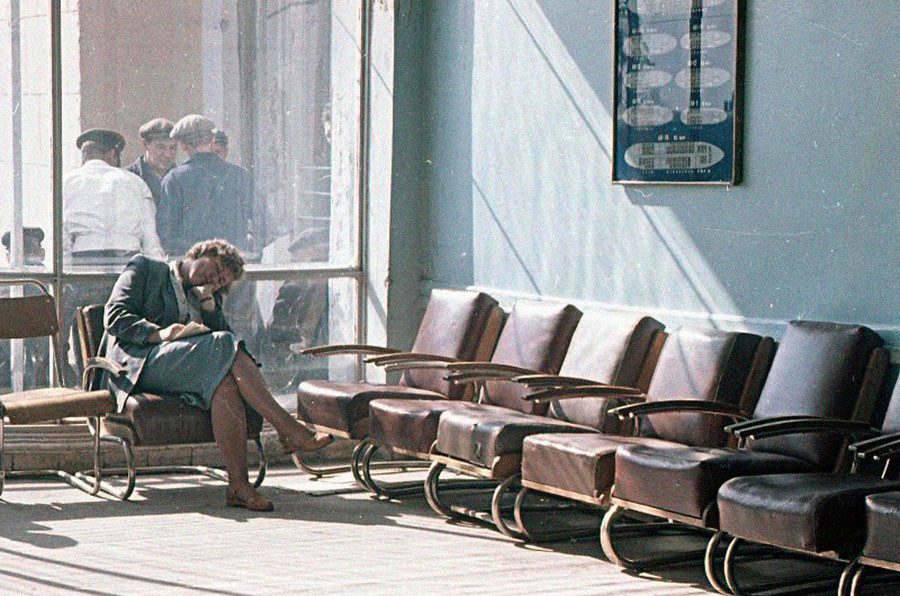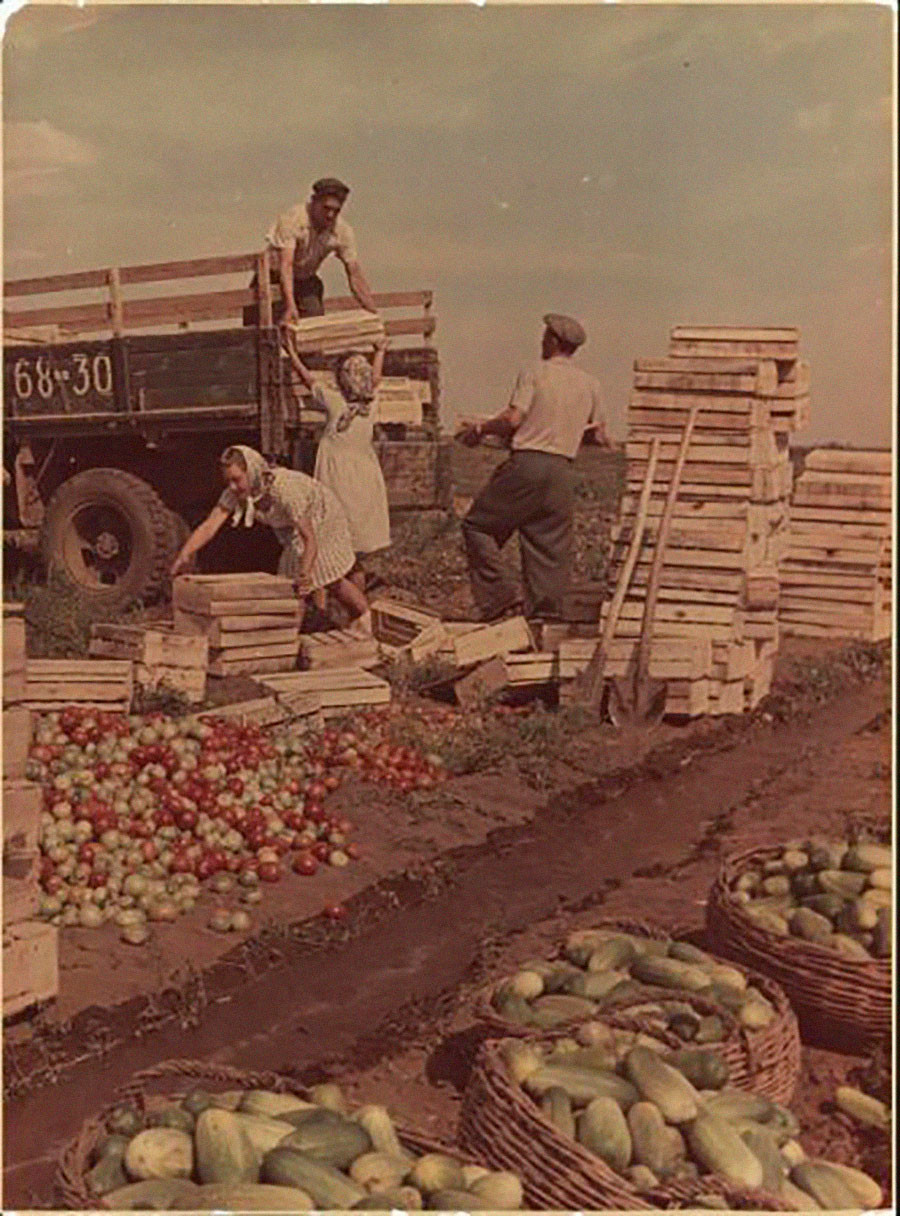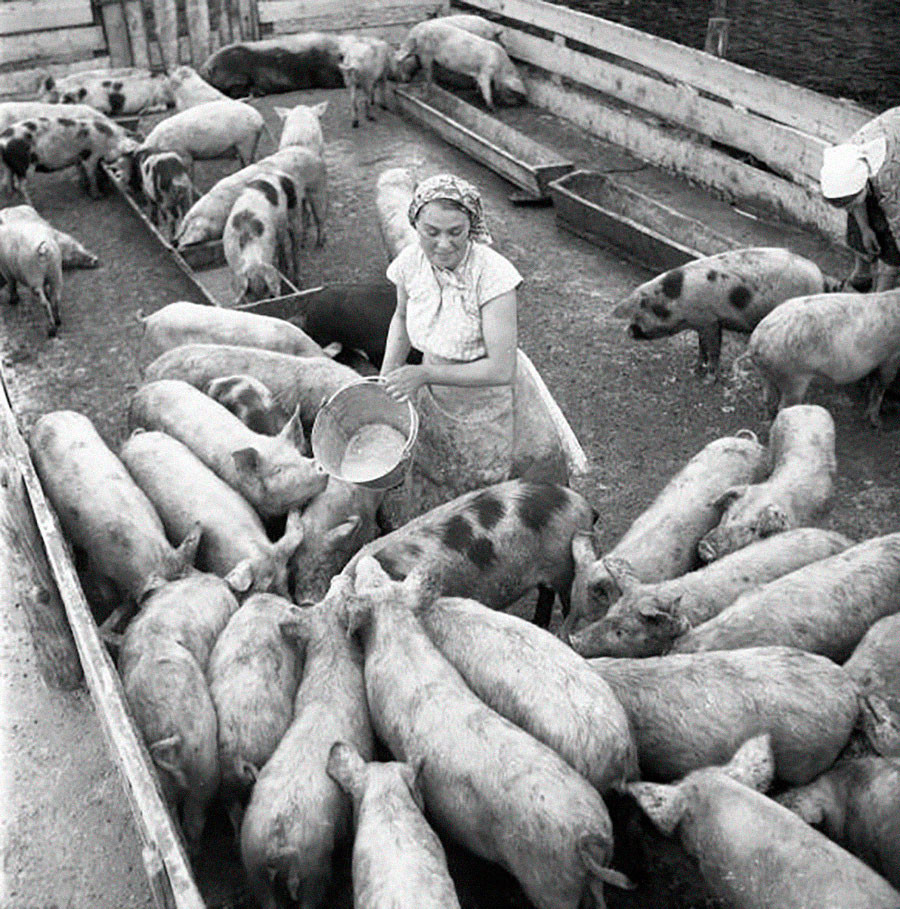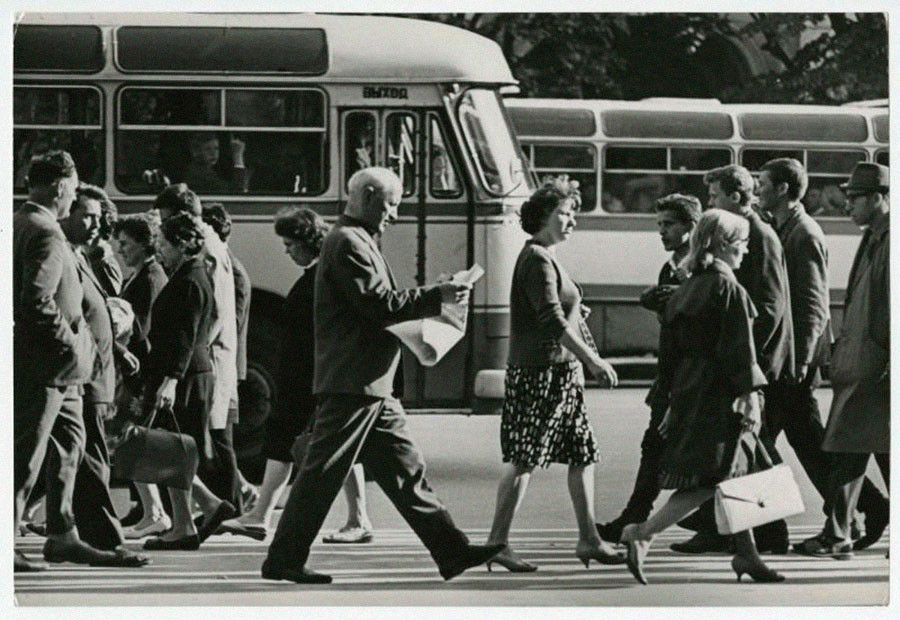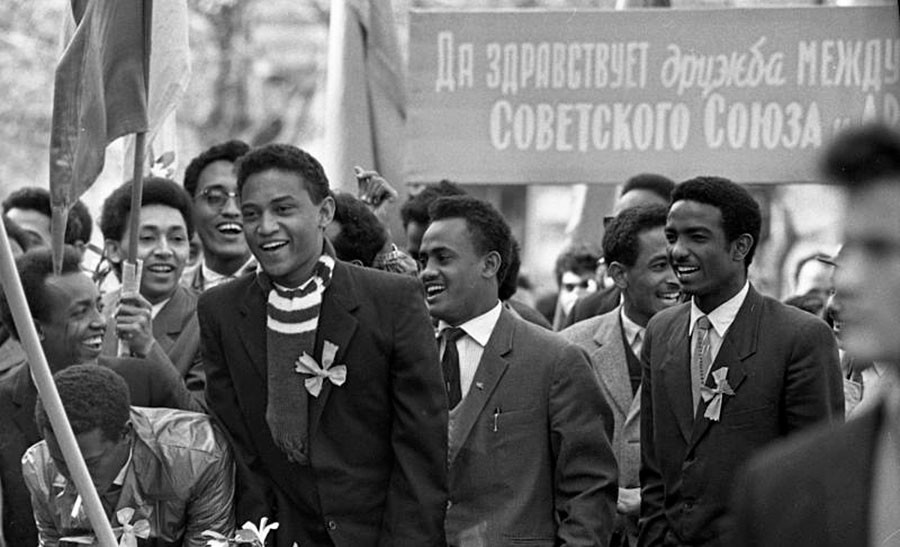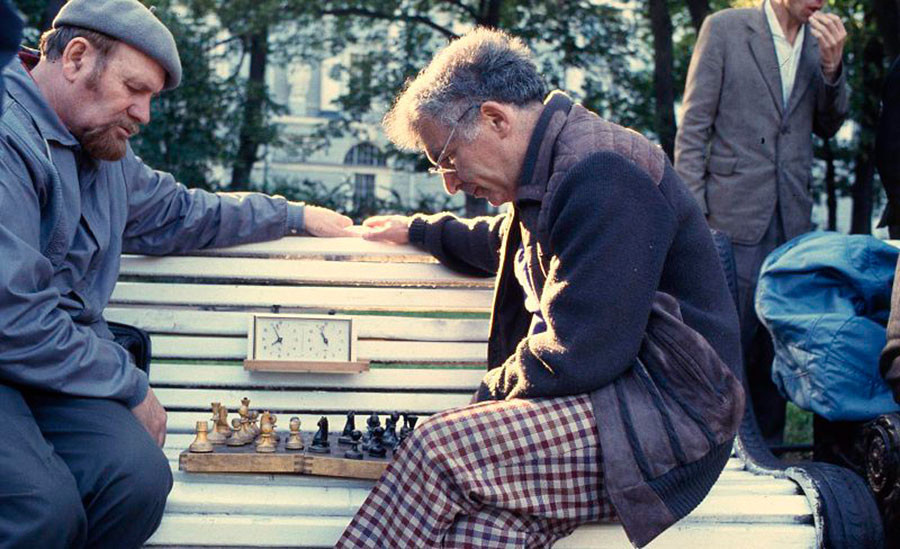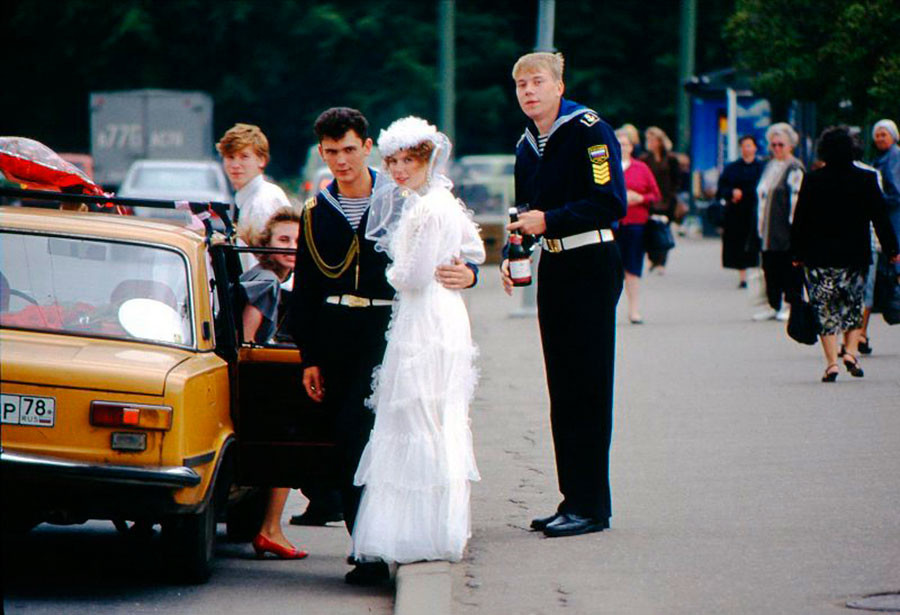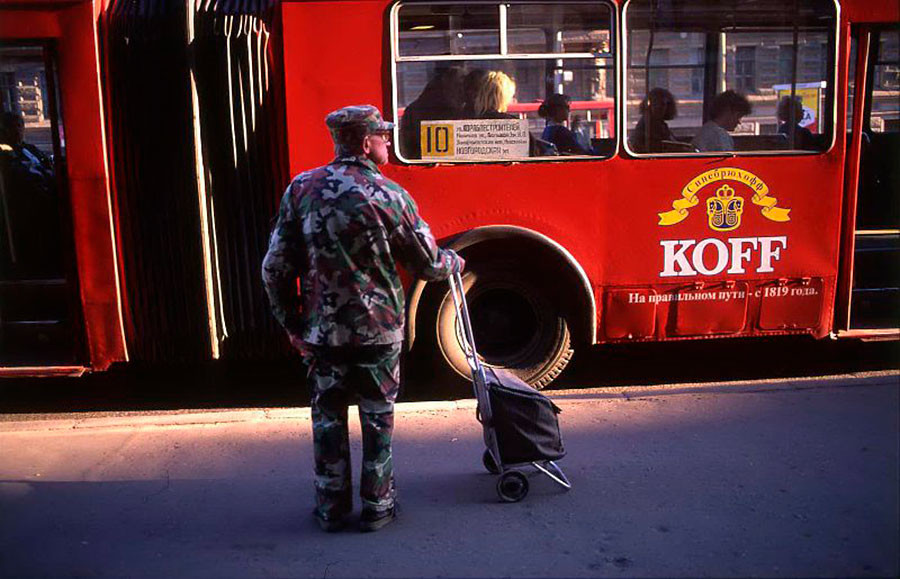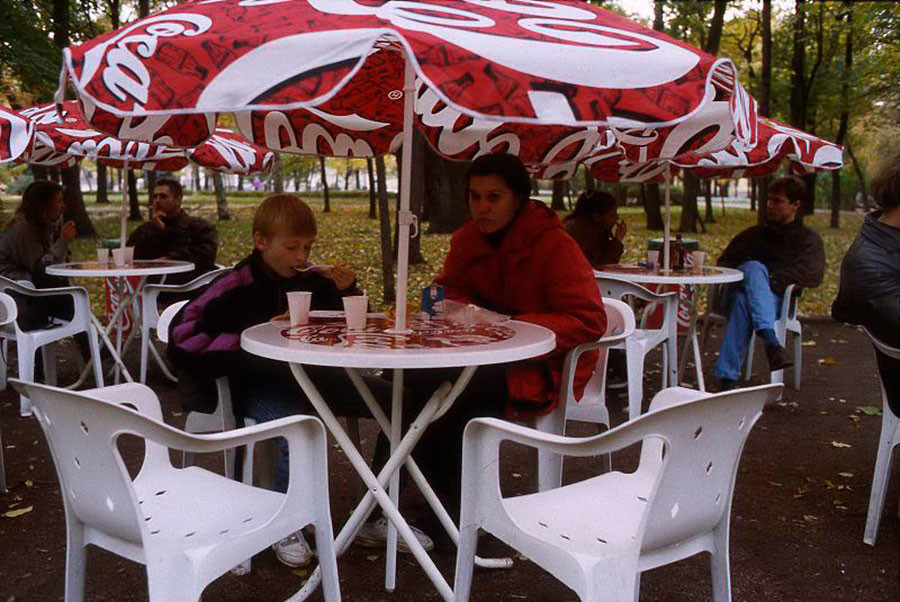50 years of the USSR through the eyes of Vsevolod Tarasevich (PHOTOS)
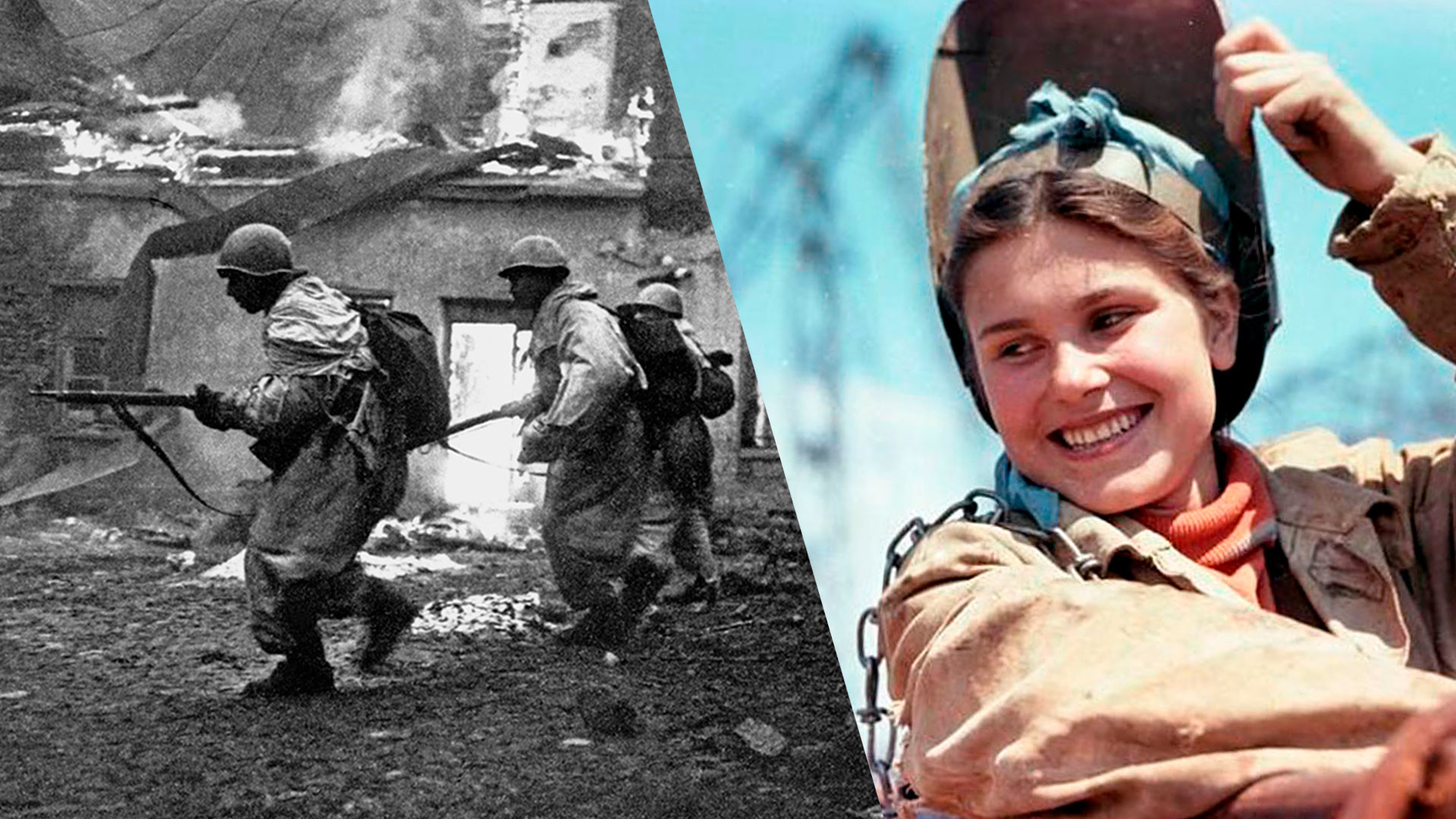
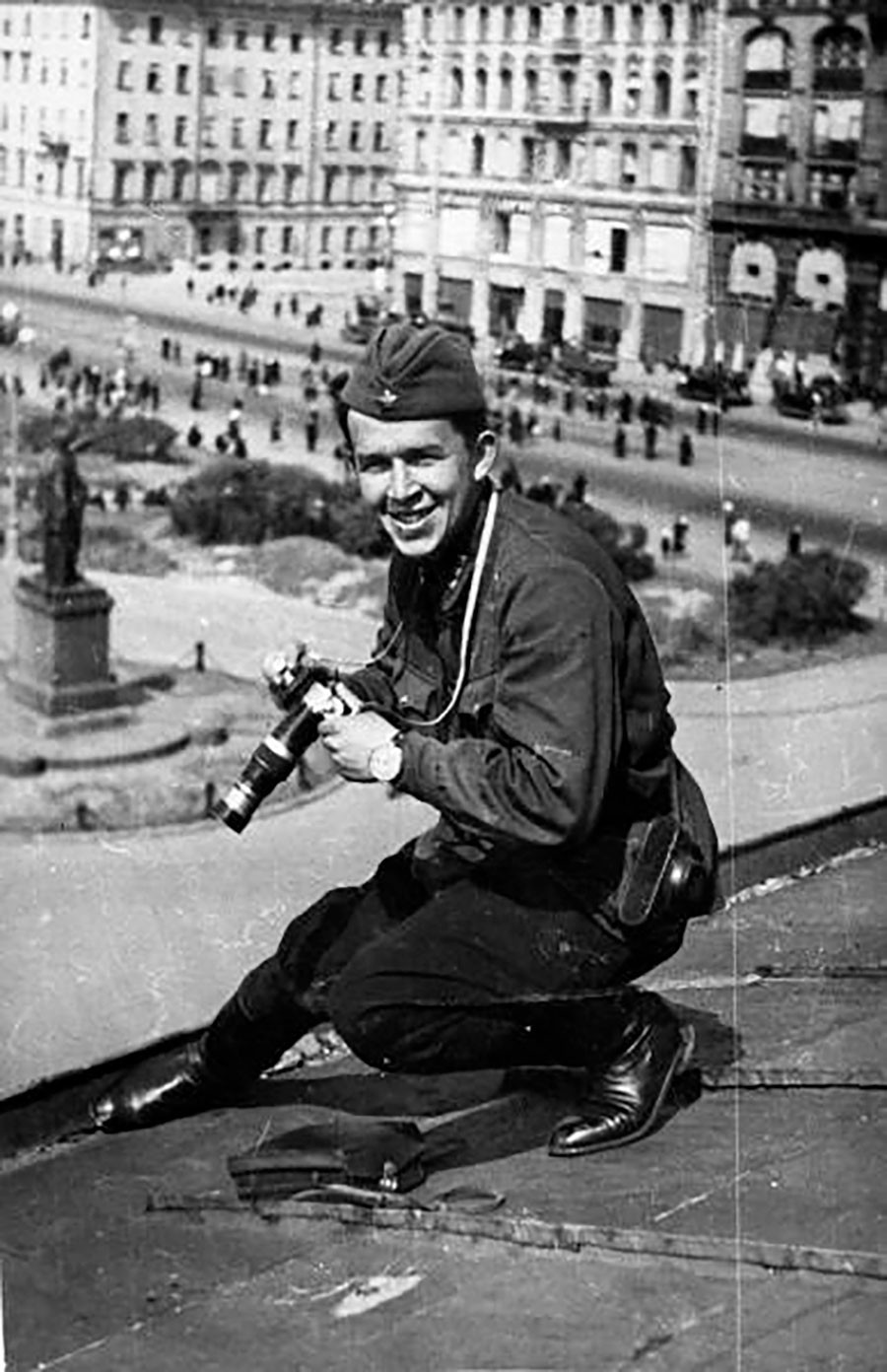
Vsevolod Tarasevich at work in Leningrad, 1942
Unknown author/MAMM/MDF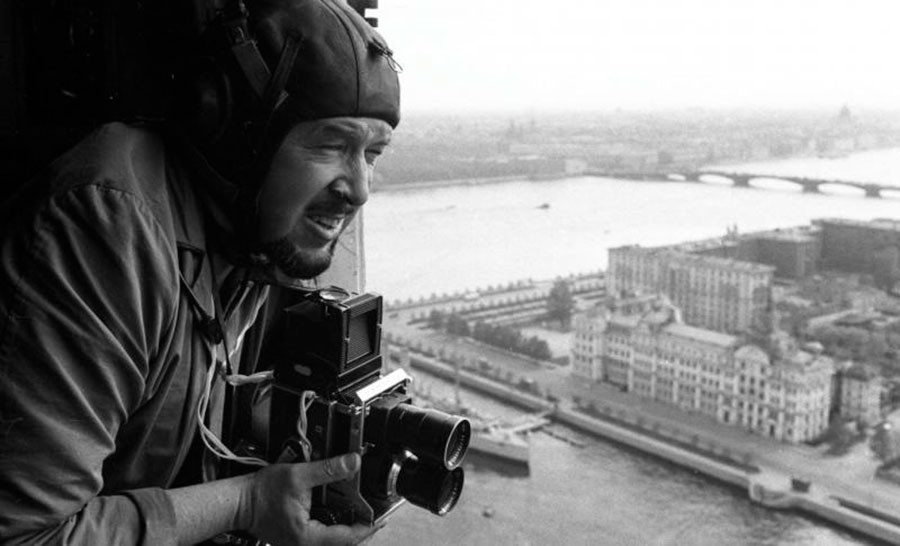
Vsevolod Tarasevich at work, 1967
Oleg Makarov/MAMM/MDFIt is hard to imagine an aspect of Soviet life that was not reflected in the work of Vsevolod Tarasevich (1919-1998). He shot photo reports from all across the country, with portraits of ordinary people, from miners to collective farmers. Although his pictures largely chimed with what Soviet propaganda wanted to see in the newspapers, his enduring legacy is true to life.
World War II
When the photographer was barely 20 years old, he served on the Eastern Front of WWII as a correspondent for the TASS news agency. He photographed trenches and frontline battles, producing images full of grit and vitality. Among the most famous of this period are his pictures of the besieged Leningrad, taken, as he himself recalled, on an old Leica (a type of Soviet camera). Although the censors did not allow depictions of the real horrors of the war and the blockade, he felt compelled to document what was really happening in the city. Tarasevich was also one of the first to photograph the former tsarist palaces outside Leningrad (St Petersburg) destroyed by the Germans.
Soldiers in the trenches on the Leningrad Front before an offensive, Sept. 1, 1941

A girl stacks blank shells at a Leningrad factory, 1942
Soldiers from Colonel Shcheglov’s division fight the enemy on the outskirts of Gatchina, Leningrad Region, January 1944
Residents of the besieged Leningrad clear snow from Liteyny Avenue, 1942
Residents of the besieged Leningrad take water from a broken pipe on an icy street, January 1942
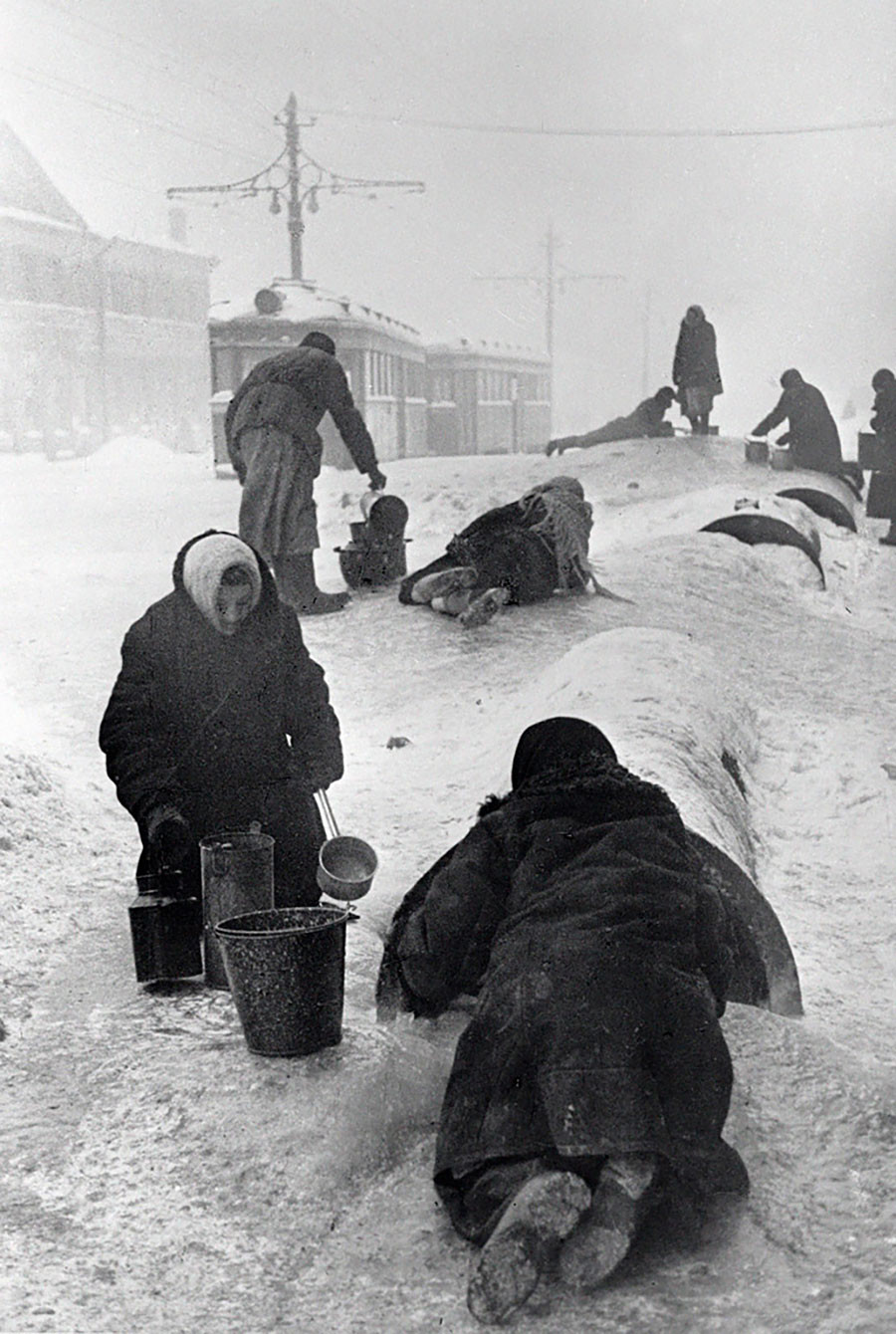
"War has come to Leningrad." The shelling of Dostoevsky Street, 1941
"The Road of Life". Horses pull grain across Lake Ladoga. Leningrad Region, December 1941
Post-war peace
Tarasevich's peacetime work stands in stark contrast to his war series. Smiling faces, joyful pioneers, the simple pleasures of a peaceful life...
Birth, 1950s
Pioneer drummer, 1950s
At the ice-rink, 1950s
May Day demonstration on Red Square, 1954
Komsomol member, 1950s
Children's writer Korney Chukovsky with young readers, 1957
The pride of the USSR
The Virgin Lands campaign to develop agriculture was a priority for the Soviet authorities. Tarasevich traveled all over the country, photographing people of various professions: collective farmers, miners, builders and many others. A separate photo report was devoted to geologists — one of the most fashionable and prestigious post-war professions.
Collective farmer Zhenya Aleksandrova at harvest time
Welder at the Kakhovska construction site
Combine harvester driver, 1957
Through-cut works in Altai, late 1950s – early 1960s
Geologist
Driving an all-terrain vehicle
Installation of the All-Union Industrial Exhibition in Moscow, 1950s
Construction of the Kakhovskaya hydroelectric power station
"We’re making rockets, and we're ahead of anyone else on the planet!"
In the 1960s, Tarasevich actively documented the work of engineers, design bureaus, universities and laboratories.
Blueprints
The Institute of Macromolecular Compounds under the USSR Academy of Sciences
Installation of the "Mirabelle" bubble chamber at the Institute of High Energy Physics in Protvino, Moscow Region, 1970s
Blueprints
In a chemistry lab
From the "Duel” series: physicist Vsevolod Balashov
Advertising
The extent of Tarasevich's creative and professional range can be glimpsed from his advertising photography.
Children's goods
Modeling women's clothing
Modeling women's clothing against the backdrop of the arch of the General Staff building in Leningrad, 1960s
Scenes from Soviet life
Tarasevich is considered the most romantic of Soviet post-war photographers. His treatment of chiaroscuro and unexpected angles and compositions create the impression of truly “being there”.
Soviet café
Pioneer unit
Tourists in Vladimir, Russia’s ancient capital, 200 km from Moscow
Waiting for a plane at Vnukovo Airport
Harvesting
In the pigpen
Pedestrians
Nevsky Prospekt in Leningrad
"Friendship of Peoples". Students in Moscow
Perestroika and a new country
The photographer captured both perestroika and the collapse of the USSR. And although a totally transformed country now loomed through his lens, he concerned himself with the same subjects, from hi-tech to scenes of urban life.
Kirovsky plant, 1986
Chess players, 1993
Newlyweds, 1995
At the bus stop, 1995
Summer café, 1995
If using any of Russia Beyond's content, partly or in full, always provide an active hyperlink to the original material.
Subscribe
to our newsletter!
Get the week's best stories straight to your inbox
